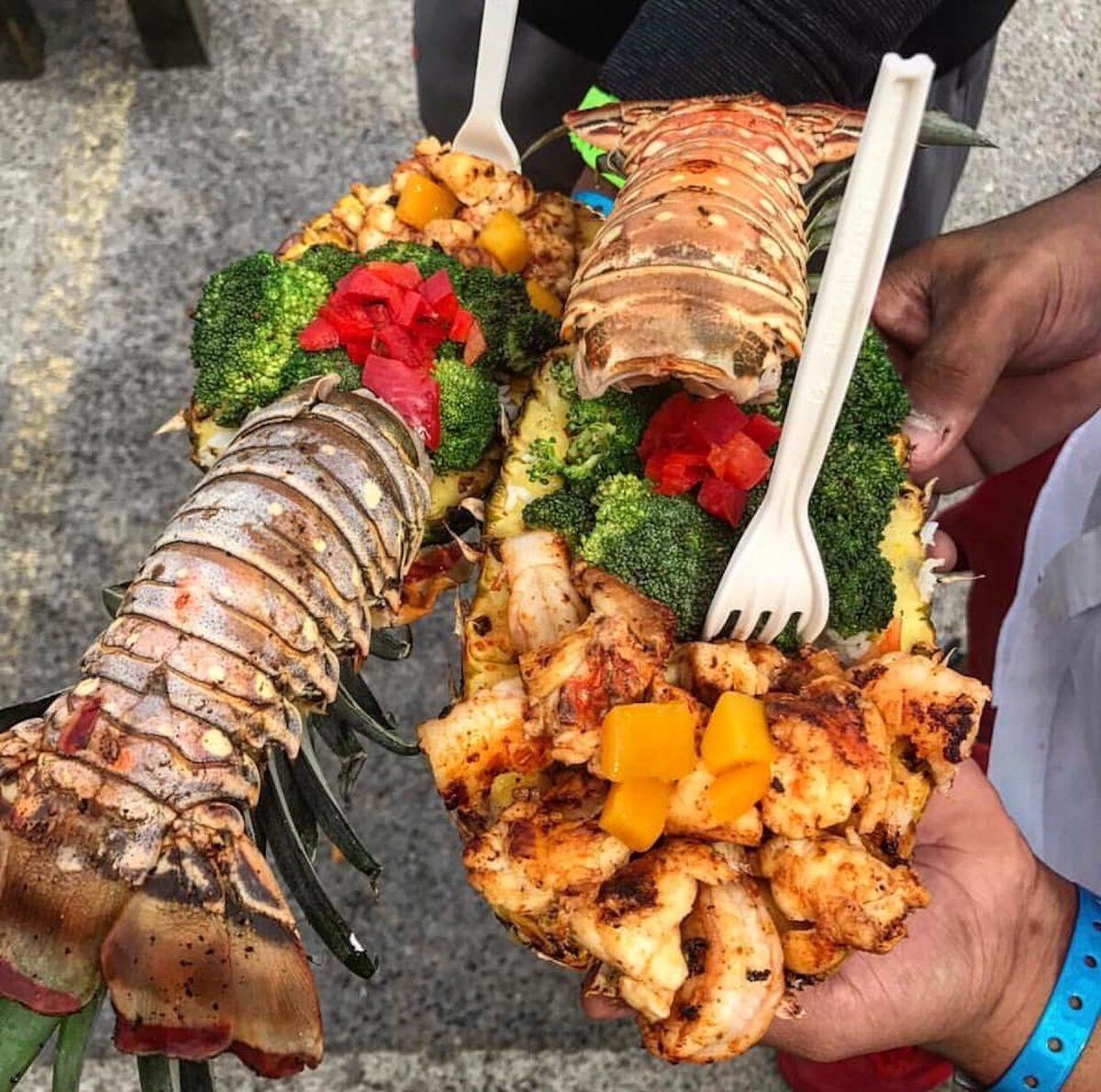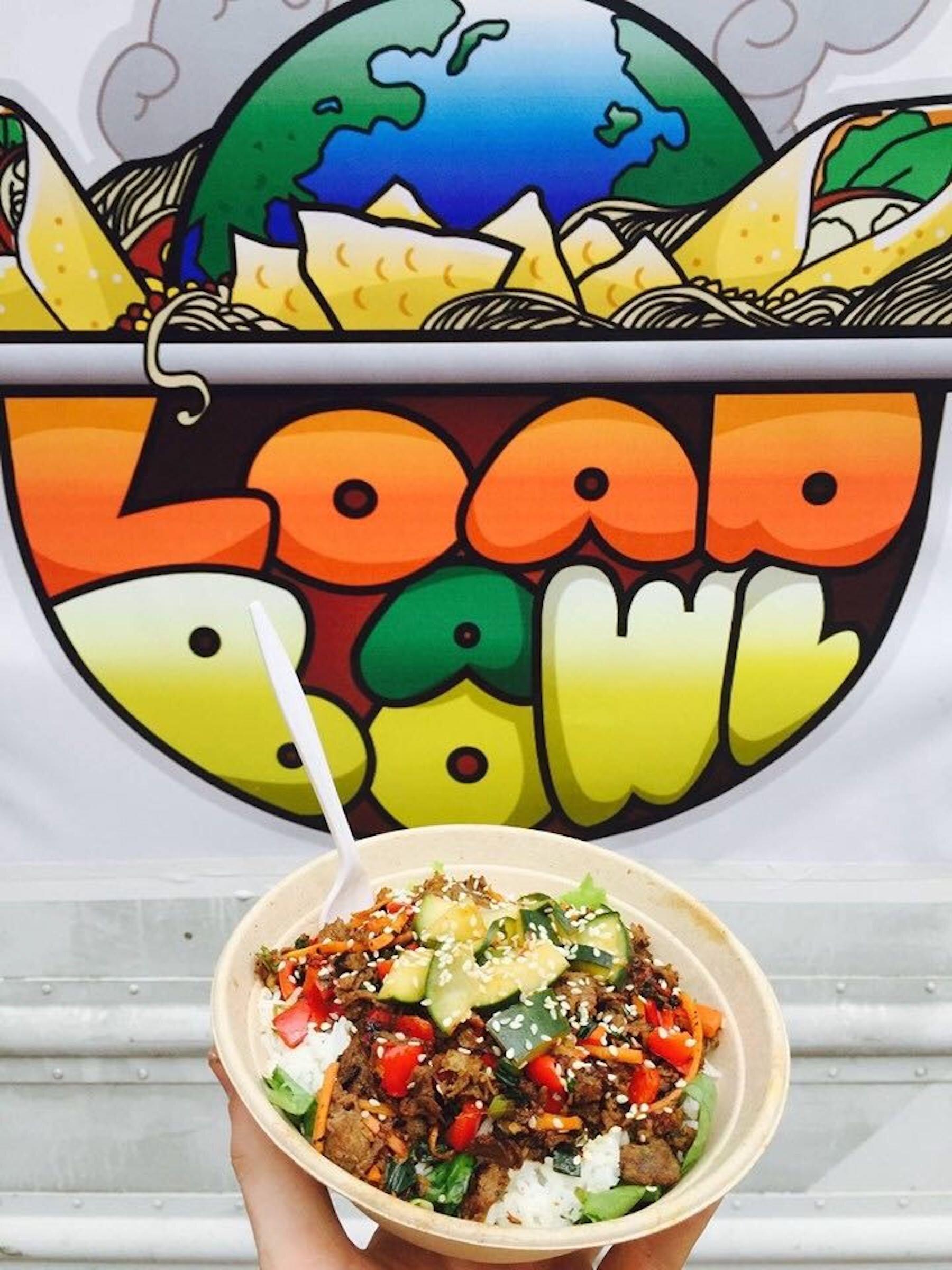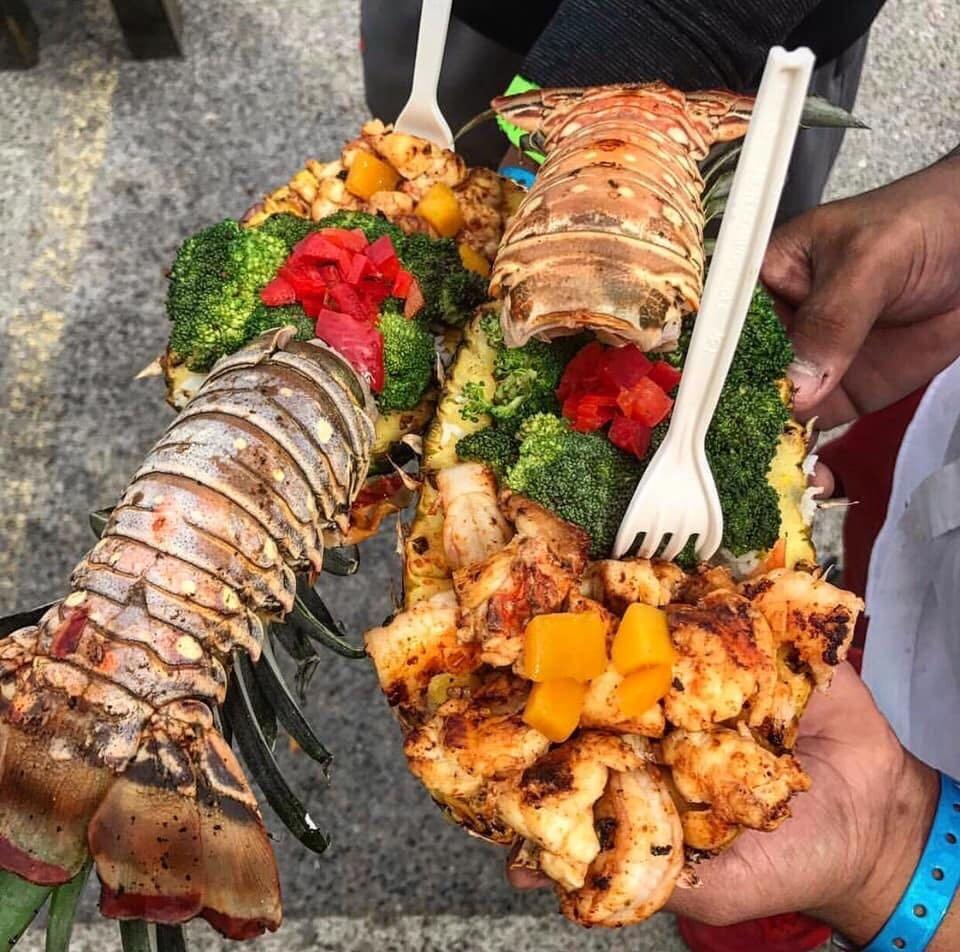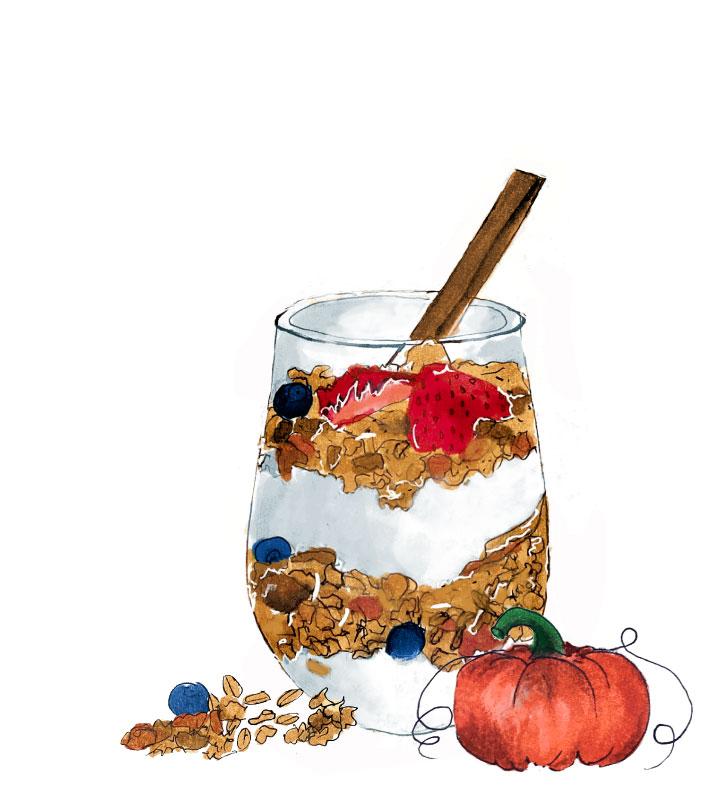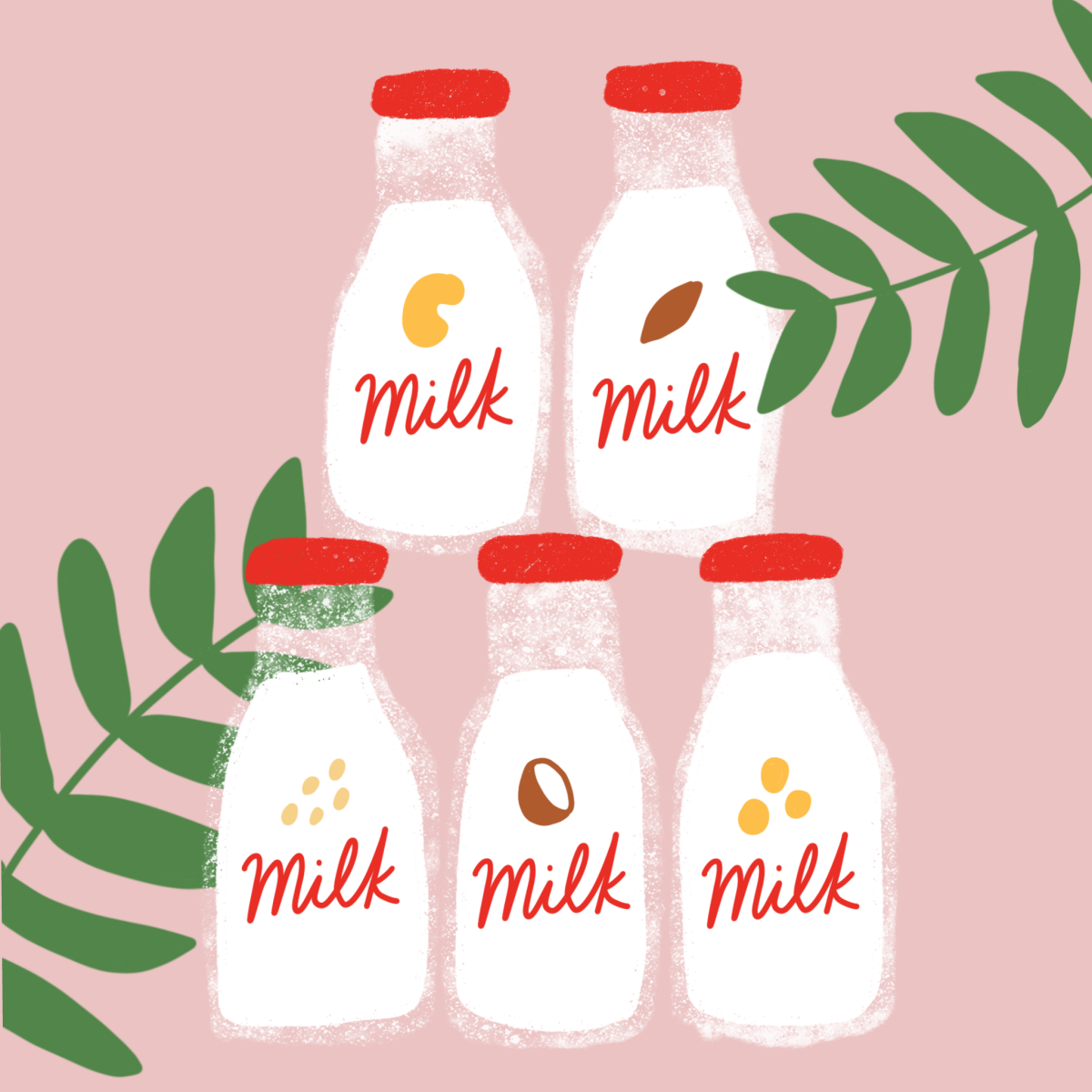Cast against the backdrop of Austin’s glossy skyline, the Austin Asian Night Market drew crowds late into Friday night, and upheld the city’s reputation as a food destination.
Story by Alexis Fischer
Those that delight in Pan-Asian cuisine know there’s one solid indicator of an authentic dining experience: The less conspicuous a restaurant is, the better it’s gonna be. Within the strip malls and far-off corners reside some of the best kept secrets in town. Is it easy to miss from the road? Is the sign fixed out front missing a letter? Even better.
Photo Courtesy of Load A Bowl
These are the establishments where the food speaks for itself. They are unconcerned with aesthetics, building a brand or an active online presence. There is no marketing budget; the dishes that they serve will carry their success because they put their heart and soul into nourishing others.
In Austin specifically, it’s difficult to ignore the barrage of listicles from publications and bloggers alike. There’s always a new restaurant opening or another happy-hour to take advantage of. This makes choosing a spot to dine overwhelming and divisive, and in the time devoted to researching the hottest spots, hanger begins to take over.
In a city with so much to choose, it’s clear how small businesses fall under the radar and struggle to bring customers through the door. Intense resources are required to sustain business against flashy competitors. Restaurants now must compete virtually, where looks trump taste and Yelp is the harshest critic. This online competition distracts business owners from the original intention of opening a restaurant, and instead focuses on driving profit. Food photography is a far-off reality and often uses things like glue, paint, hairspray, shoe polish, wood and other inedibles to beautify a plate. How do you make a brown plate of lo mein, egg rolls and dumplings look picture-perfect? You don’t, so eat up.
ATX Asian Night Market was such a significant success because it connected these small businesses with the greater Austin community, while sharing and celebrating culture. The festival was an enormous effort by organizers that truly impacted small businesses through exposure. While there are similar events such as Far East Fest, held early in the year at local Asian grocer H-Mart, ATX Asian Night Market is hosted at a centralized location to increase accessibility for both attendees and local businesses.
String lights and bustling crowds cultivated a jubilant atmosphere in the Austin American-Statesman lot. Festival-goers were carried by the smells wafting from food trucks. The crowd enjoyed entertainment from Summitt Lion Dance Team, whose mission is to encourage strong ties to heritage through art.
“We are trying to recreate the feel of the night bazaars around Asia,” said Hiep Nguyen, an organizer of Austin Asian Night Market. The night bazaars attract congregations of people from all different backgrounds.
It was obvious from the number of attendees that there is a demand for more cultural food festivals. These celebrations are crucial to the vitality of culture in Austin. With the nature of Austin’s economy, people are already willing to fork over $11 for a meal, but it’s where they spend that money that will most notably impact the health of our local economy and diversity. The small entrance fee is an investment in the community, but it is crucial to support these businesses beyond one night. They have served the people downtown, and now it is time for the people to walk through their doors.
The humble set-ups by the businesses required patience from attendees. In the absence of visible menus, the lengthy lines were a good indicator of something yummy. Those undeterred knew their provisions would be worth the wait. “I’m not quite sure what I’m waiting for, but I saw someone walk away with a hefty plate of dumplings and I had to try them for myself,” admitted one attendee.
Photo Courtesy of Pineapple Ninjaz
Though the lines impeded some from trying everything offered at the festival, people strategically targeted booths to try. One particularly stretched line served up fresh pineapple bowls stuffed with jasmine rice, seafood, poultry and other proteins. Pineapple Ninja’s, originally a South Padre spot, offered a preview of their menu for their newest food truck location in Austin, which is expected to open this week.
While these hole-in-the-wall establishments are good secrets, they’re even better when shared with friends. Challenge yourself to visit a restaurant that hasn’t been reviewed by any of Austin’s self-made food bloggers. If it’s good, tell everyone you know. Use your platform to publicly praise local businesses. Spread the wealth; one post could make a business boom.































